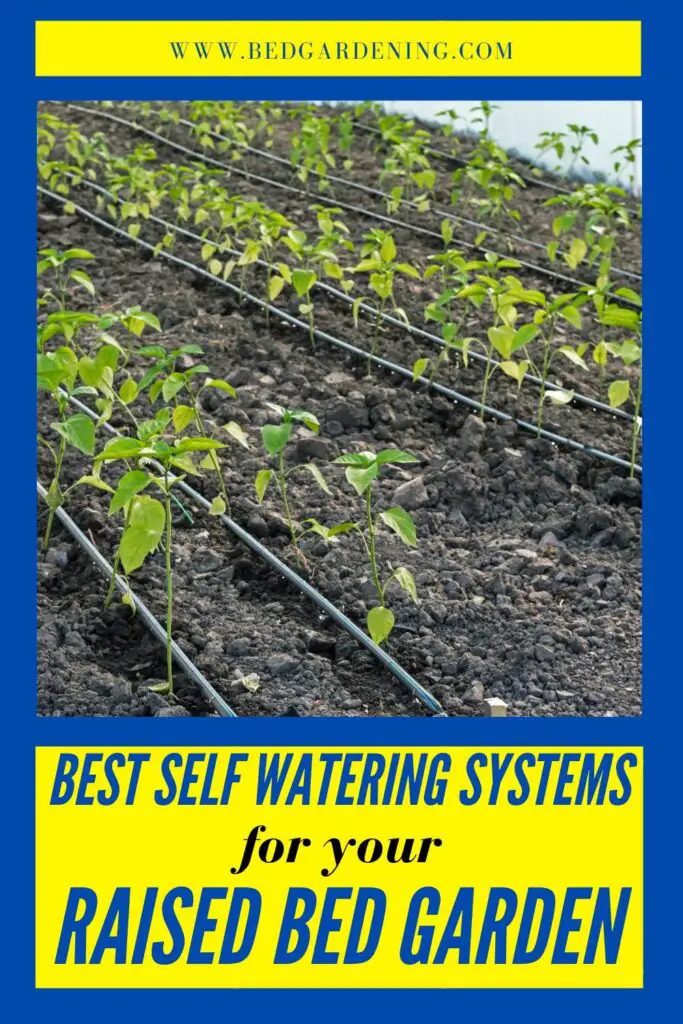In the dry season, the most important problem for the plants is, delivering water. You can adopt different irrigation systems for your garden, each system has its own advantages and restrictions. When you make a decision for the system it depends on the size and setting of your garden.
The availability of water is very important for the plants without water plants cannot grow. For this purpose, it is important to make a timely decision for a system of irrigation. Here we will discuss two irrigation systems which are very important for the supply of water to your garden.
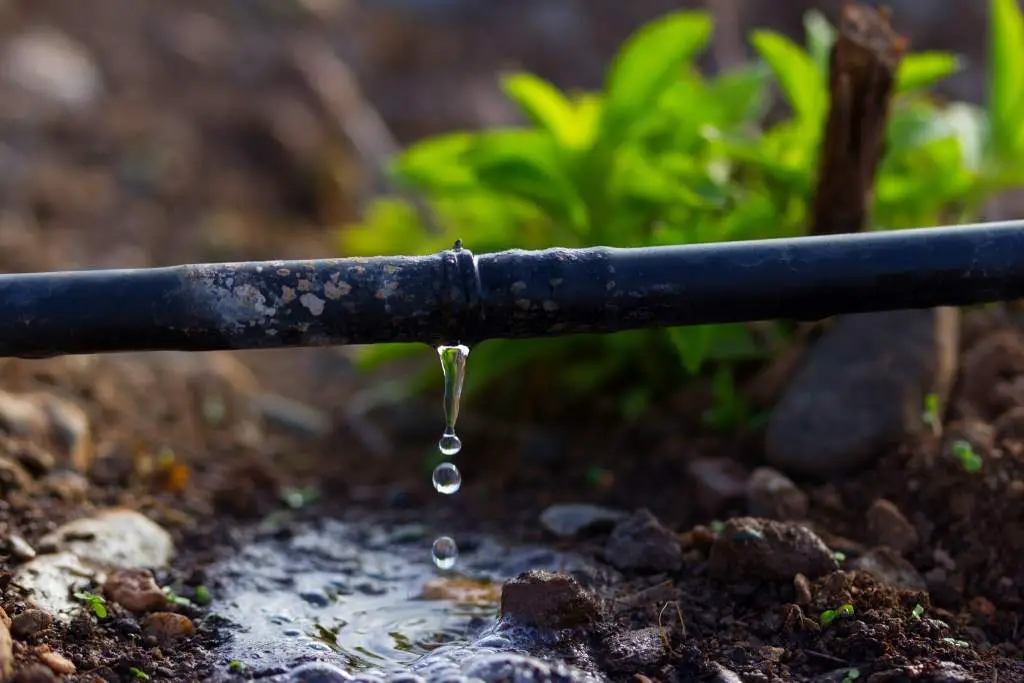
Firstly, details of, drip irrigation systems will be given, after that we discuss soaker hoses. One by one we will give you their advantages and limitations.
This post may contain affiliate links and I may earn a small commission when you click on the links at no additional cost to you. As an Affiliate I earn from qualifying purchases.
Drip Irrigation System
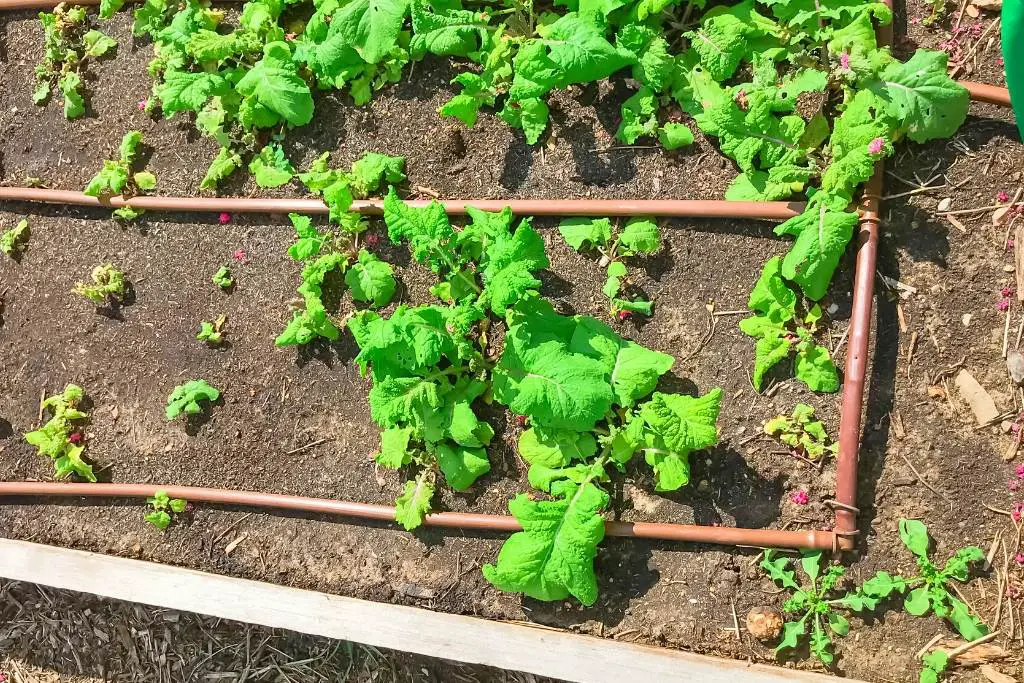
This system is used to provide water directly to the roots of plants. Polyethene plastic is used for the manufacturing of a drip system, and it is easily available in hardware stores and irrigation suppliers. In a drip irrigation system, different long tubes are used with emitters. The secondary tubes are away from a major water line, which can be connected to a tap and then to a pressure regulator, filter, and a backflow valve.
If you have a large garden then a drip irrigation system is a good choice for you. It is very costly but it will work for years. If your garden has a sloped ground then it will help you a lot. The drip irrigation system has two types:
- Drip Tape
- Drip Line
Drip Tape
This type of system is not last more than a few seasons-installed. Flat style tubing system which requires a pressure reducer in the waterline to function properly.
Drip Line
This system can be used for many reasons, it consists of a round tube that is manufactured with heavy-duty plastic. There are two types of emitters available with a drip line, one is pre-installed (best for crops planted at regular intervals) other is install separate (ideal for customized spacing ) you have to install this emitter by yourself.
Also Read: How To Improve The Soil In My Raised Beds?
Advantages Of Drip Irrigation System
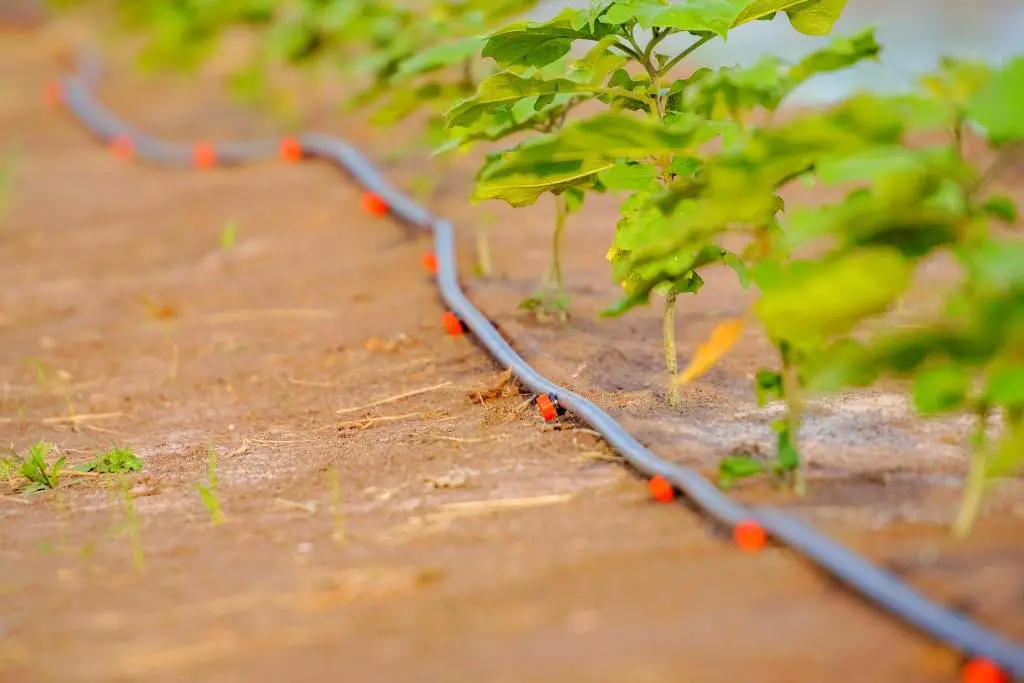
- The main purpose of a drip irrigation system is to deliver water directly to the roots of the plants. In this process, little water is lost due to evaporation. This method is used to spread the water very slowly, for a long period of time, deep into the root zone.
- The installation of all the components of a drip system is very simple. You can easily control the supply of water in all the areas of your garden, for instance, you can target certain areas of the garden while avoiding flow to others. This is possible that you can water a different zone at the same time. This proves that the drip irrigation system is a good choice for large gardens, it is very helpful in the dry season when the shortage of the water becomes a problem.
- It is better to Install pressure- compensating emitters for a garden which has slop, in this way, it becomes possible to provide an equal amount of water to all areas of the garden. You can check the type of soil of your garden and use customize emitters to work.
- The timer is an important component of a drip system that you can easily use to manage the supply of water at any time. If you are living in a hot climate then you can manage the schedule to operate in the middle of the night because at that time the sun is not present and the process of evaporation is not possible, so you can save your water.
- If you accidentally damage the drip system by a digging fork then you should not worry about it, because you can repair it very easily by purchasing replacement parts. Its fixing does not need any specialized equipment.
Limitations Of Drip Irrigation System
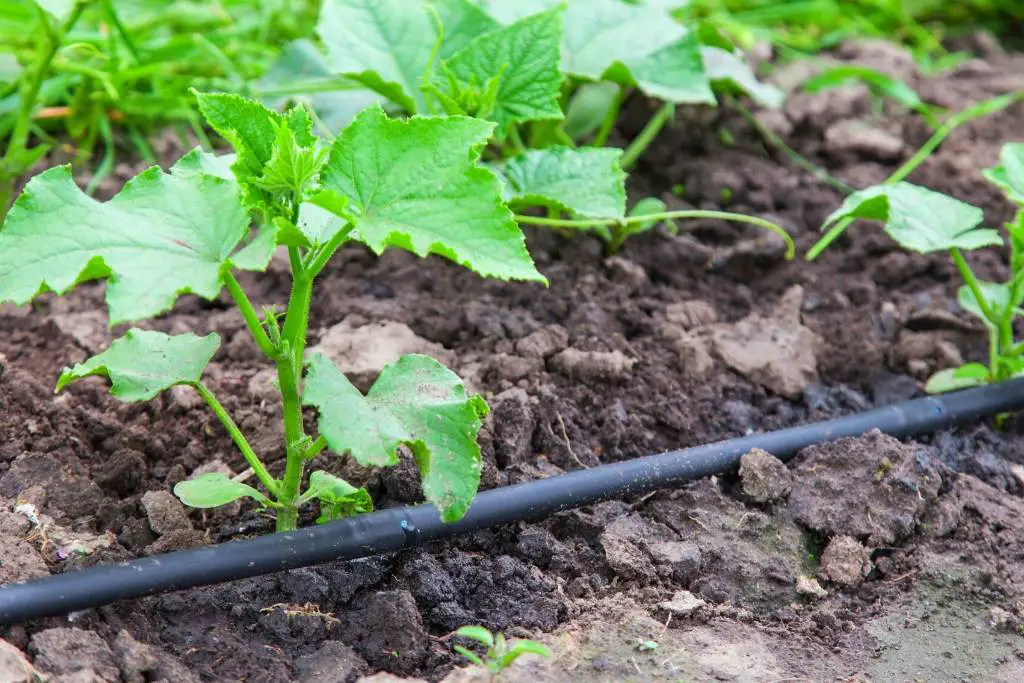
- The emitters need special attention because it becomes clogged over time. So, you have to inspect it and take care of its maintenance from time to time.
- If the wind is strong then you should not give water to the plants because wind can misdirect the moisture from the drip irrigation and it will result in the waste of water. Confirm that your drip line is flat on the ground and designed to drip rather than a spray.
- If you decide to set up a drip system in your large garden then one thing keeps in your mind that it requires a handsome amount. But your money will not be wasted because it is very useful for your garden in the dry season.
Also Read: How to Build Tall Raised Garden Beds?
Soaker Hoses
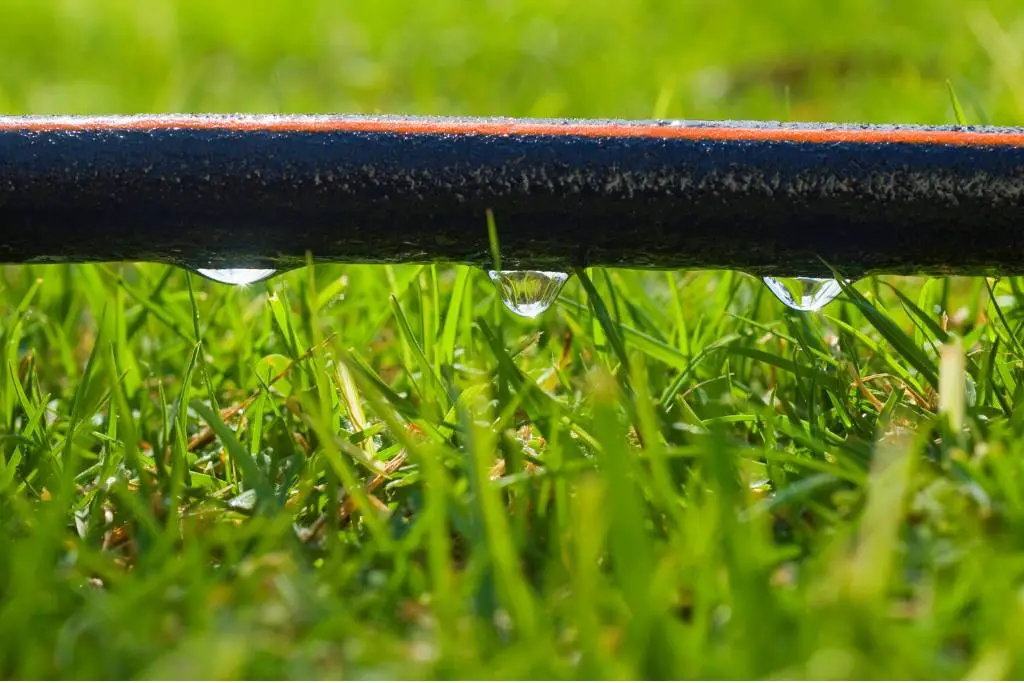
The combination of rubber and polyethylene plastic is used to make soaker hose. But some BPA-free, polyurethane models are also available in stores. It looks like an ordinary garden hose but when we examine it closely, there are many pores in this hose.
Soaker hose gives water directly to the plants very easily because the water comes out from the pores when we keep it on the surface of the soil of our garden. This is the best way to provide water to the plant for a small garden or yard or area, in the dry season.
If your budget is low then you can take advantage of this procedure because this not affect your pocket very much. This cheap and affordable way is very easy to install and configure. It is good for raised beds.
Advantages Of Soaker Hoses
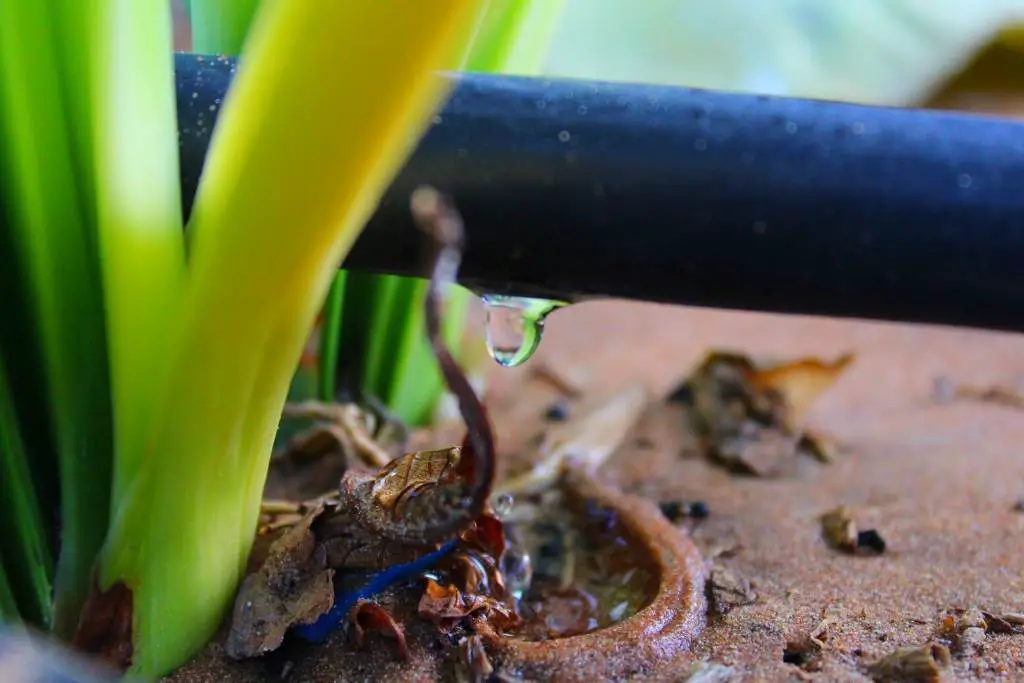
- This type of hoses provide water to the plants according to their needs so the plants are free from fungal growth.
- In this method, you have to simply hook up the nearest tap or rain barrel and place this hose like a snake around the plants, which you want to give water.
- As mentioned above no special requirement on installation is required in soaker hoses. So, pressure regulators are also not necessary for this technique. you can easily adjust the water pressure by the closing and opening of your tap directly.
- As it is explained above that there is no special investment is required for a soaker hose system in the average home garden. But if you set this system on timers it will further preserve water.
Also Read: How To Improve The Soil In My Raised Beds?
Limitations Of Soaker Hoses
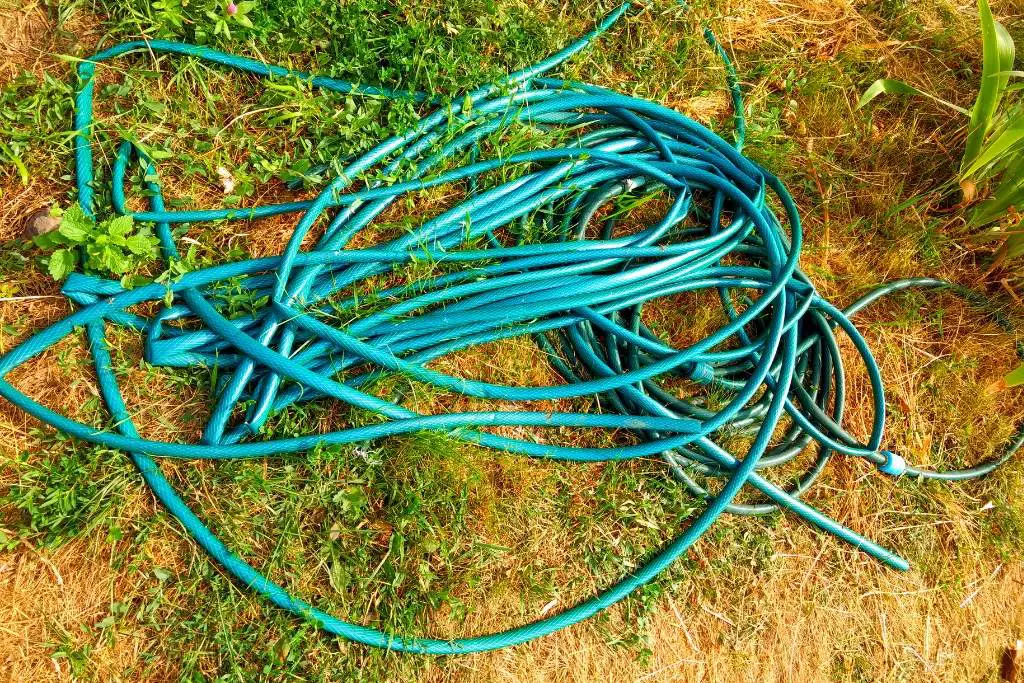
- Drip systems depend on large investments so their outcome is also very versatile. In the soaker hose system, there is no possibility to close the supply of water to one area of the garden but the other part remains open.
- In a drip system, you can easily repair the damaged hose, but it is not possible in a soaker hose, you cannot repair it easily. Due to sunlight and continue usage, the hose will deteriorate. To avoid this problem you can cover the hose with a light mulch so it will be saved by the sunlight.
- As compared to the drip system, you cannot install it underground because it is a very low cost, and in a low budget, you cannot do this.
- If the ground is leveled already then socket hose work well. You cannot adjust the pressure at different points along their length.
- Some Precautions for you so both systems worked well for plants
- If your soaker hose is made to bury in the soil, then you can do it, otherwise, you will close the pores of the hose. This will damage your hose. In the drip irrigation system, if you are planning to bury, then you have subsurface installation and your area must be free from pests that can chew on the tubing.
- Mulch can be used for this purpose, you can spread a layer of mulch on the hoses and you can protect them from sunlight. In this way, your hoses will not be damaged.
- You should use a tree ring soaker hose, through this hose, you can directly water the roots of the trees.
- If you want to see that your plants are getting water from your designed system, for this purpose, you have to take a container which size is about 14 ounce, you should place the container beneath the hose or an emitter and now turn on your system. The second thing you have to do is that note the time which takes to fill the container. After doing this experiment you should double the amount of water every week because most of the plants need about 2 inches of water per week to thrive. Some plants need water daily like vegetable plants. You can also use a water meter for your precise reading.
- If your garden has a sloping ground, then you have to install a drip irrigation system. In this system, you have to install Air vents at the highest point on a circuit, which will restrict the debris from entering your lines. It will also prevent the accumulation of air in the system which cause inaccurate meter readings and eventually damage the meter.
- Check your system time to time throughout the season and make it possible the moisture delivery is regular.
- If your area is very cold then put away all the hoses and store in a covered location.
- The rust in the water filter should remove twice per season. If you clean it properly, it will last long.
